Virtual reality (VR), best known for the gaming industry, is breaking into the construction world making for exciting new marketing prospects for the sector.
What is virtual reality?
With its ability to create accurate and interactive content, it is no surprise that VR is increasingly being used in the realms of design and construction.
Virtual reality is all about the creation of a virtual world that users can interact with. Users wear a VR headset, or goggles like the Oculus Rift, to enable them to step inside a project while it’s still in the design phase.
If you need help using VR to create highly accessible, memorable and emotive stories, we can help.
According to UK Construction Online, VR has potential – specifically in design – as it offers people the opportunity to ‘walk through’ and experience a building as it will function and appear when the final as-built product is delivered.
The benefits of virtual reality
Design efficiency is a clear benefit of VR technology in the construction sector. Making changes once a building is under construction is extremely expensive and time-consuming. VR lends the opportunity to reduce costs by making decisions earlier in the project life, to refine the design and test factors and features without having to build first, and to eliminate errors and identify any problems early in the design process.
VR can also be used to assist planning applications, making it much easier to demonstrate to planners the impact new developments will have on the surrounding community.
VR is also particularly good at showcasing and selling a design to a client. The technology aids visualisation for clients, it can help to ensure that the client’s expectations are met and it results in a much better and more efficient customer experience.
Tom Mason-Elliott, Managing Director at Elliotts Brothers Limited, said:
"The use of VR, and other technologies such as Building Information Modelling, promises exciting prospects for the construction industry, and their use is certainly emerging with our clients. Highly accurate 3D or virtual models of a build in the design phase can achieve much higher efficiency on site at the build stage of a project, and this can only result in great benefits for both the industry and its clients."
Virtual reality for marketing
In addition to the efficiency and design benefits, VR is also allowing for more inspiring visuals and messages in the industry’s marketing campaigns.
VR quite literally adds a new dimension for marketing, and construction companies using VR can extend its use towards their marketing campaigns. VR is immersive and has a high impact, as users wearing a headset are completely immersed in the content meaning fewer distractions and more attention on the message.
Add to this YouTube’s introduction of 360-degree video support, and VR is fast becoming an invaluable marketing tool to showcase construction projects online and through social media.
At Carswell Gould we recognise the very real marketing potential of VR. More and more of our clients are talking to us about virtual and augmented reality and how they could be applicable to their businesses.
But these technologies aren't just solutions waiting for a problem – we are seeing a real explosion in their use beyond just gaming, and construction is one industry where building a virtual 3D model of a site and allowing designers to see the project in the context of the landscape and the built environment around it can offer real cost savings, as well as opening up many more design possibilities.
Is it affordable?
If the concept feels futuristic beyond your marketing budget, there is good news for construction businesses interested in adopting virtual reality. VR is expected to have a major impact on the building sector over coming years, with investments being made for developing the technology and finding its true potential.
According to the aec business blog for innovators and game changers in the construction industry, you can adopt VR relatively cheaply with a set of tools which will export existing 3D models of your buildings into forms that you can use with popular VR equipment. On the more expensive side, you can send up a drone over your site which will laser-scan the terrain and surrounding buildings to create a 3D model for you.


.jpeg)












